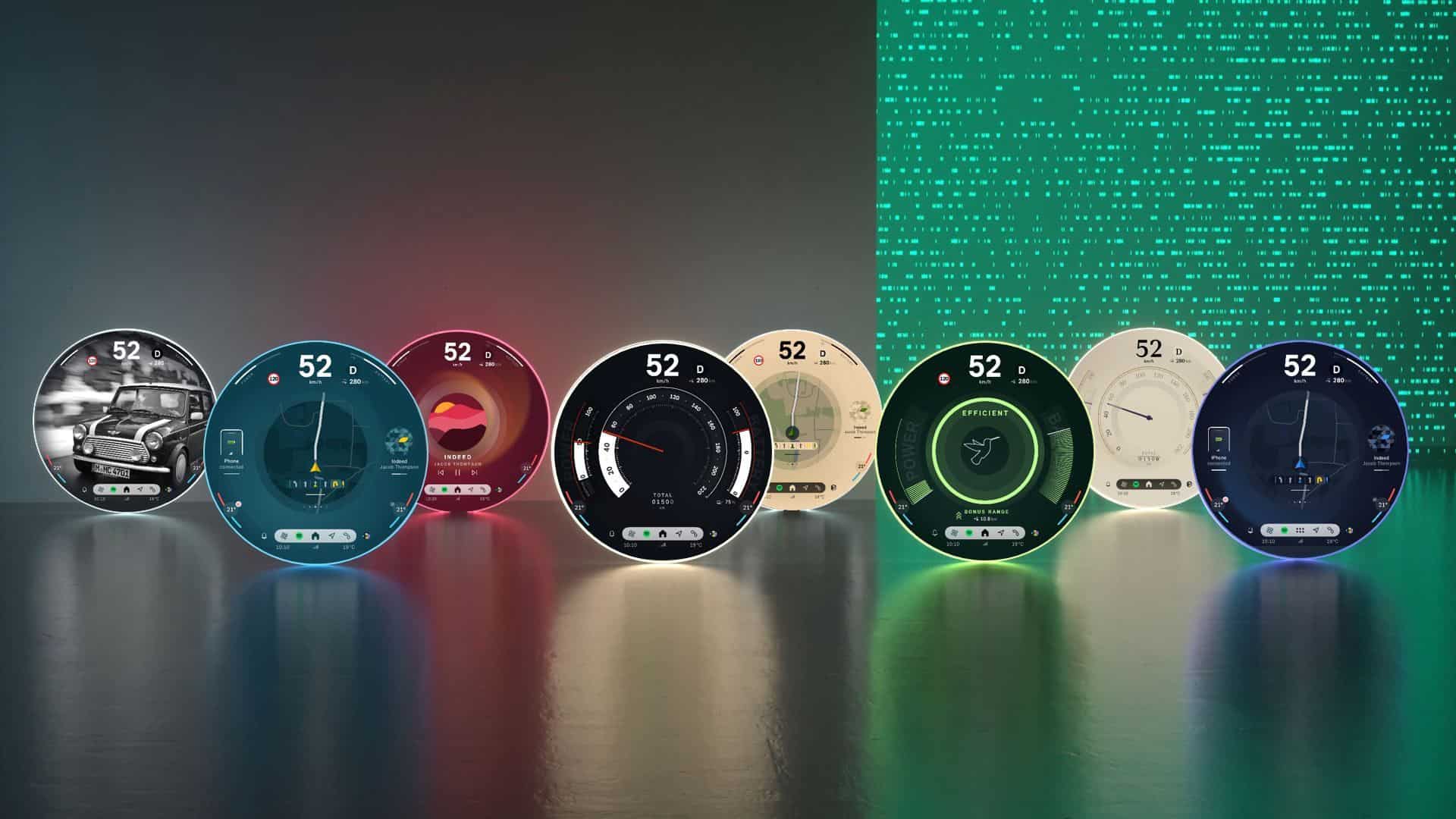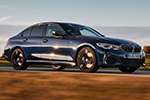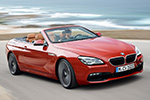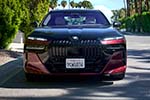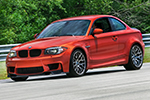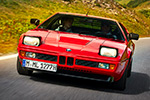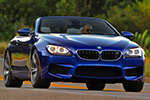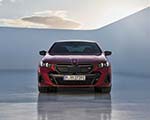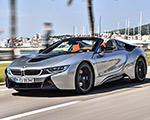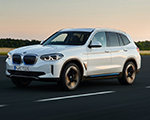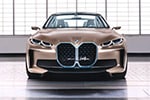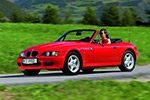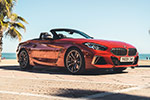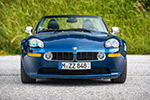When talking about brand heritage, MINI is a brand with a lot to lose. Almost everything about the original car comes in at nothing short of “iconic,” whether you’re talking about the car’s affable front fascia or the truly spartan interior prominently featuring circular gauges. It’s the latter we’re focused on today — in particular, how the early design impacted where the brand is today. Indeed, the circular OLED display found in modern MINIs is arguably the best homage yet to the original. But such simplicity is deceptively hard to get right, apparently. Matthew Potter, Director of Interaction Design at Designworks, and BMW’s own Adrian van Hooydonk talked us through the process of how Designworks got everything just right.
MINI Personality is Integral to Design
In the beginning stages of working out MINI’s user interface (UI) for the round display, Designworks went “hog wild,” according to Potter. Tons of three-dimensions shapes, tons of ribbons, and other ornamentations made for a display that was “a lot of fun,” but perhaps didn’t provide the best user experience. “We really hit on the emotion there. But we have to balance that emotion with usability,” Potter said. It was clear the round display was perhaps interesting enough — it was now time to simplify. “We really looked at simplifying, reducing the amount of information that users presented at once,” Potter continued. “Just think of the original meaning. Think of that little round dial in the middle,” he said, referring of course to the original MINI interior.
Adrian van Hooydonk had insight, too. “This was done at the time when BMW was working on the curved display that you now know in all of our cars. We were looking at combining all the displays that we needed behind the steering wheel and in the in the central area,” he said. “For MINI, we wanted something round in the central area.” Over time, complication was further toned down, mostly in an effort to get closer and closer to the original MINI. Which is, as van Hooydonk astutely comments, “incredibly hard to do.” Particularly today!
Hardware Meets Software
Once the shape and layout was finalized, things progressed quickly. “We were able to start producing a circular OLED we can start simplifying it even more,” says Potter. Then, iDrive moved to an Android base, which opened more room for customizability. One hurdle was app integration. “Users want their apps, right?” says Potter. He correctly observes that “nobody makes a round phone,” making smooth UI integration a potential roadblock. Furthermore, even after successful integration, MINI need to ensure it still “felt MINI,” even with another company’s app on the screen.
Ultimately, the MINI OLED display is an example of how Designworks “makes the impossible possible,” according to Potter. It isn’t all marketing metaphor; after all, MINI is the only brand with a display like this. Whether or not it would fit the character of any other automaker, of course, is some matter for debate. Regardless, it’s cool to have a little bit of insight into how the circular OLED evolved. And, perhaps more importantly, all the decisions that land an automaker on one aspect of car design.


